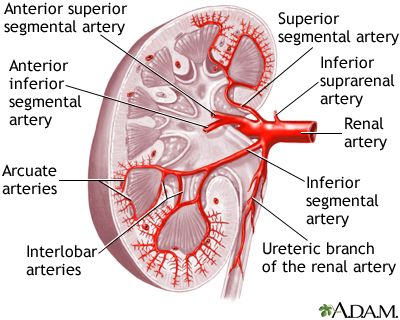.jpg)
I respectively disagree about the field of biosimilars. Sure, they might create a more competitive market for many biologics, but at what cost? Not only does Pfizer plan to heavily invest in the market of biologics, Merck, another very large pharmaceutical company has announced that it also plans to completely shift its focus to biosimilars. This shift of priorities means that there will be a global decrease in resources used to pursue novel drugs, and less incentive to do so for companies still trying to develop new biotechnological therapeutics. On average, the development of a novel drug costs 1.2 billion dollars and takes about 12 to 15 years. By shortening the patent life on biologics and decreasing the potential profit of developing a novel drug to make room for biosimilars, it is no longer in a company’s best interest to do novel research.
Aside from stunting new biotechnological research, biosimilars also pose many safety concerns that have not yet been addressed by the FDA. Although biosimilars may treat similar diseases, their safety profiles will not be identical. The immunogenicity of the drugs can widely vary with only a subtle change in the manufacturing process. Pharmacovigilance should be absolutely mandatory, but will be very difficult if manufacturer’s products are not clearly distinguished. This problem will be especially difficult if biosimilars have the same international non-proprietary name (INN) as the inventor. Uncontrolled substitution of biosimilars will greatly confound accurate pharmacovigilance because as stated previously, biosimilars are not identical. If a pharmacist chooses a biosimilar from the same INN class as the drug prescribed, or if a doctor simply prescribes an INN class and the pharmacist is forced to choose a manufacturer, the safety of the therapeutic will be greatly decreased.
Biosimilars will unquestionably become a very important part of the future healthcare landscape, we will just have to wait and see whether the effects are positive or negative.
Sources:
Nowicki, Michal. Kidney Blood Press Res. 2007, 30, 267–272.
http://www.pharmalot.com/2008/12/merck-wants-to-develop-follow-on-biologics/
http://www.america.gov/st/econ-english/2008/April/20080429230904myleen0.5233981.html
http://www.arena-international.com/pharma/biosimilars/










.jpg)